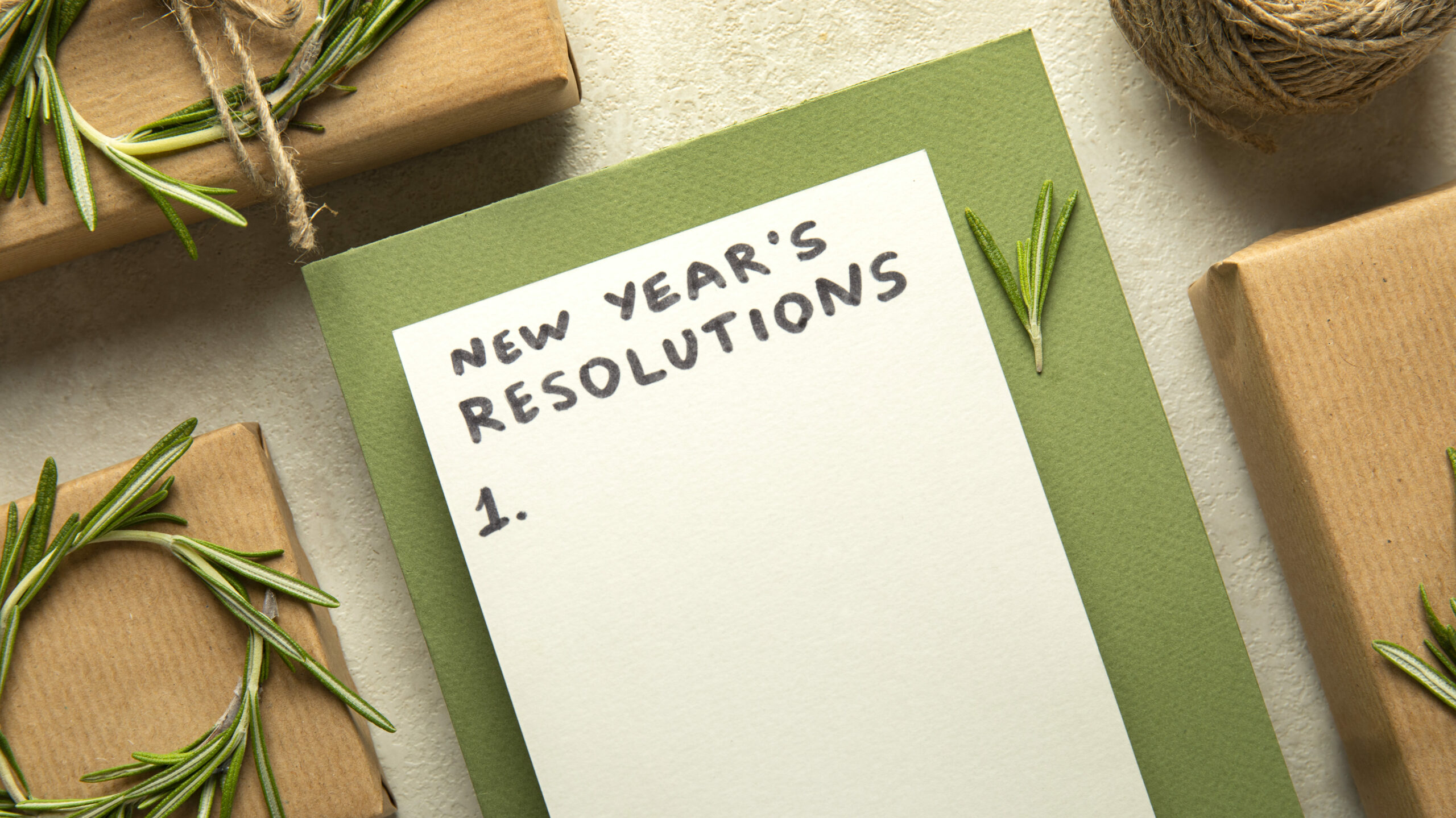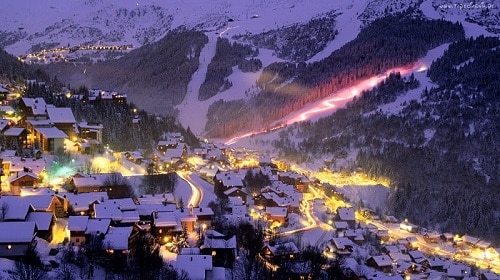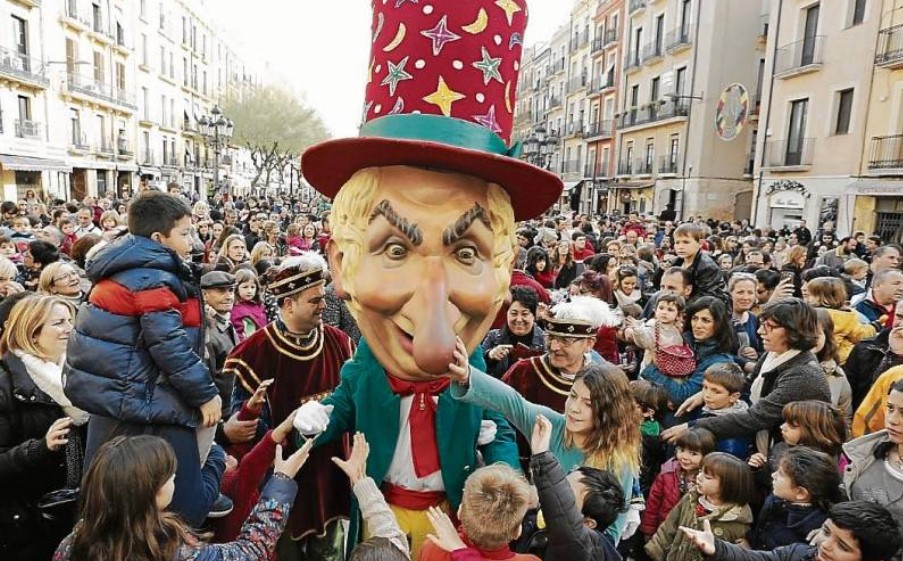New Year’s Traditions and Superstitions: Exploring the Origins of Popular Customs and Beliefs
21. 7. 2024
What will you learn in this article?
Do you know how the new year is the perfect time to ditch the negativity and make room for positivity?
It’s also a great opportunity to get rid of old stuff and embrace some cool traditions for good luck and positive vibes in the coming year.
Superstitions may seem weird, but hey, better safe than sorry, right? You can try out different traditions from around the world, like eating certain foods and wearing specific clothing to attract good luck and positive energy.
So why not give it a shot and imagine all the happiness coming your way in the new year?
It won’t hurt to be a little superstitious, will it?
Superstitions from all around the world
| Be born on January 1st | That’s the story. Congrats on having good luck forever, all you New Year’s Day celebrants! |
| Step only with your right foot. | Many cultures believe that starting the New Year by leading with your right foot brings good luck. |
| Look out your bedroom window | Calling all the single ladies out there! If you’re single and hoping to get engaged, it’s said that seeing a man walk by your bedroom window on New Year’s Day means you might expect a proposal before the end of the year. |
| Hop over seven waves | Do you happen to live by the ocean? You’re in luck. In Brazil, you can dress in all white and jump over seven beach waves after midnight while making a wish with each wave. It’s believed that the Goddess of the Sea will make those wishes come true. |
| Bang bread against your walls | In Irish superstition, hitting bread on your doors and walls is believed to fend off evil spirits and bad luck. |
| Smash a pomegranate | In Greek tradition, throwing a pomegranate down at your home’s entryway is said to symbolize abundance, fertility, luck, and prosperity. |
| Sprinkle some sugar outside | In Puerto Rico, sprinkling a bit of sugar outside of homes is believed to bring good luck. |
| Take seven laps around the house | Some cultures believe that taking seven laps around the house or just running around your room can bring good luck. |
| Don’t cry on January 1st! | Crying sets the tone for the rest of the year. |
| Wake up early on New Year’s Day | Polish tradition suggests that waking up early on New Year’s Day means you’ll easily wake up early for the rest of the year. |
| Carry an empty suitcase | In some Latin American countries, people walk or run an empty suitcase around the block to bring good luck and manifest more travel in the new year. |
| Eat black-eyed peas and collard greens | Eating black-eyed peas and collard greens on the first day of the new year is supposed to bring good luck and prosperity. |
| Don’t Do Those Dishes Or take out the trash, wash your clothes, or sweep your house. | As the superstition goes, if you do, you might accidentally wash good luck and loved ones out of your life. Other beliefs state that whatever you do on New Year’s is what you’ll do the rest of the year. |

Don’t know how to write New Year’s wishes? Get inspired by our article.
The Origin of the Most Popular New Year’s Day Traditions
Who doesn’t love the idea of leaving the old year behind and starting fresh?
It turns out, 41% of Americans think New Year’s Eve is the best holiday. But the way we celebrate the holiday nowadays has changed a lot over the years.
Even the time of year we use to mark the New Year in North America is pretty recent in historical terms.
Let’s take a look back at how some of the popular traditions originated.
Why We Celebrate the New Year
Did you know that people have been celebrating the New Year for over 4,000 years?
It all started in ancient Babylon, and initially, the New Year was celebrated on the vernal equinox in late March. However, things changed in 46 B.C. when Julius Caesar introduced the Julian calendar, which shifted the New Year’s Day to January 1 to align with the sun’s passage.
This tradition has been continued with the modern Gregorian calendar that many of us use today. It’s fascinating that some of our favorite New Year’s traditions date back to the Babylonian period, while others have been more recent additions.
The Most Popular New Year’s Traditions
There are numerous regional and cultural ways to celebrate the New Year. Some of us mark the occasion with families and friends, fireworks displays, or enjoying a night out on the town.
Here are the most popular New Year’s traditions and where they came from:
The champagne toast: Celebrating the New Year with a glass of bubbly is a tradition that goes back to the 19th century when bottled drinks became more affordable. Champagne was still seen as a luxury, so the champagne industry worked hard to promote it as the go-to drink for special occasions. Today, we toast with over 360 million glasses of champagne on New Year’s Eve.

Fireworks displays: Using fireworks to celebrate the new year dates back to China, where the colorful displays were first made. They believed the sound of the fireworks scared off evil spirits and bad luck. The ball drop: The tradition of using fireworks on New Year’s led to the creation of the famous “ball drop” in Times Square. While the first New Year’s Eve celebration in Times Square featured fireworks, they were banned just two years later. To draw crowds downtown without fireworks, they came up with the idea of a 700-pound iron and wood ball that descends down the pole until midnight.

Midnight kiss: If you enjoy welcoming the New Year with a kiss, you’re taking part in a tradition traced back to England and Germany, where kissing at midnight was believed to bring luck for the year ahead.
New Year’s resolutions: The Babylonians restarted oaths to their king during the new year, possibly starting the idea of the new year as a time for recommitment. Early Christians also made some of the first New Year’s resolutions, committing themselves to their faith’s principles. Making resolutions has since become a mostly non-religious tradition and a topic of thought and discussion.

Different New Year’s Traditions Around the World
Everyone knows about fireworks and champagne on New Year’s, but have you heard about these other cool traditions? On December 31, people around the world celebrate the new year in different ways.
In the United States, traditions include the ball drop at Times Square, kissing loved ones at midnight, and fireworks. However, other countries have their unique traditions, such as cleaning the house or opening a pomegranate.
From Spain to Japan, there are different New Year’s Eve celebrations around the globe.
The last day of the year also includes special refreshments. Prepare it with the help of our recipes for New Year’s canapés. Your guests will surely love them!
Various countries: Eating lucky foods
New Year’s Eve is celebrated around the world with special meals enjoyed in the company of friends and family. In some cultures, specific “lucky” foods are eaten.
For example, in Spain, Portugal, and much of Latin America (such as Colombia), people eat 12 grapes or raisins, while in Italy, they consume 12 spoonfuls of lentils, one for each chime of the clock at midnight.
In France, it’s customary to celebrate the New Year with a stack of pancakes, while Germans prefer eating marzipan shaped into a pig for good luck. In the Netherlands, people enjoy doughnuts and other ring-shaped foods.
In Estonia, it is believed that consuming meals seven, nine, or even twelve times on New Year’s Eve grants the eater the strength of many men in the following year.
Similar articles

Christmas in the Mountains: Where to Go? We Have Great Tips for You! Get Inspired!

Worst Christmas Gifts to Avoid: A Survival Guide for Holiday Shopping

Where to Go to the Seaside for Christmas This Year? We Have Great Tips for You

Creative Wrapping: Unique Ideas for Gift Presentation Beyond the Holidays
In the southern United States, communities eat collard greens and black-eyed peas on New Year’s Day for luck and prosperity. Collard greens are chosen for their green color, which symbolizes money.
Philippines: Wearing polka dots and eating round fruits
To ensure a happy New Year, the Filipino community believes that wearing round shapes, such as polka dots, promotes prosperity and good luck. Additionally, it’s common to eat round fruits such as oranges, watermelon, longan, grapes, and pomelos, which are also considered fortuitous.
Another fun tradition for kids is jumping as high as they can as soon as midnight hits, as some people believe it will help them grow taller in the New Year.

Germany: Melting lead to divine the future
In many German-speaking countries, as well as in Finland, Bulgaria, Czechia, and Turkey, it is a tradition to heat small pieces of lead, cast them into cold water, and make predictions for the new year based on the shapes that form. For instance, if a ball shape forms, it is believed that luck will come your way. Nowadays, kits in German-speaking countries often include tin figurines instead of lead for this tradition.
Spain: Searching for the man with many noses
An enchanting character appears on the last day of the year in the Catalonia region of northern Spain. Known as L’home dels nassos, or the man with many noses, he possesses as many noses as there are days left in the year — and he grants wishes to those who can find him. This Spanish tradition encourages children to seek him out, all the while unaware that on the last day of the year, he only has one nose left, making him quite a challenge to spot!

Italy and Spain: Wearing red underwear
Italians and Spaniards both rock red underwear for good luck. But here’s the kicker: Spaniards believe the underwear has to be brand new to bring luck. The Italians take it up a notch: They chuck old stuff out the window to welcome new things in the New Year.
Japan: Visiting a temple for lucky charms
In Japan, there are some cool New Year’s traditions. They celebrate Shōgatsu (New Year) by going to the local temple to swap last year’s lucky charms (omamori) for new ones. Then, they chow down on traditional New Year’s foods like prawns (thought to bring a long life) and herring roe (to boost fertility).
Discover popular superstitions and traditions associated with New Year’s Day, and learn about their origins. Get inspired by our article and discover popular New Year’s superstitions and their origins. What not to do on New Year’s Day?
A green January makes a full churchyard’ and other proverbs
The New Year is a great time to look back and look ahead, especially when it comes to weather predictions.
In January, there are lots of sayings and rhymes that our ancestors used to predict the weather for the coming year. Many of these sayings suggest that the weather at the beginning of the year can indicate the opposite for the rest of the year.
For example, warm or fine weather at the start of the year was seen as bad news, especially for the upcoming harvest. Or “If grain grows in January, it will be a year of great need”, “January flowers do not swell the granary”, or the deeply pessimistic “January warm, the Lord have mercy!”
A lack of snow in January is also bad news, as it is then likely that there will be a freeze-up in March or April.
But the most intriguing belief is that ‘a green January makes a full churchyard.’ This is based on the perfectly reasonable notion that cold weather kills germs, while mild winters allow them to spread. In the days before antibiotics, even a common cold could turn into a more serious, even fatal infection.

New Year’s Weather Folklore
Weather folklore often considers the wind, so this New Year’s Eve, step outside as the sun sets, feel the wind, and recite:
If New Year’s Eve the wind blows south
It betokens warmth and growth.
If west, much milk and fish in the sea.
If north, cold and storms there will be.
If east, the trees will bear much fruit.
If north east, then flee it, man and brute.
Then throw your New Year wishes to the wind! Some people thought it was best to make wishes at sunrise on New Year’s Day, but it would be tough to wake up early if you had a late night of fun!
First 12 Days of January
Some people believe that the weather during the first 12 days of January can predict the weather for the entire year. For instance, the weather on the first day reflects how January will feel; the second day predicts February; the third day forecasts March, and so on.
You might have also heard that if there is thunder in January, it will snow seven days later, and that fog in January brings a wet spring.
Forecasting by the Onion
Our favorite method for predicting the weather for the year involves using twelve onions.
On New Year’s Eve, between 11:00 pm and midnight, remove the tops and create a hollow in the middle of each onion. Then, using a compass, line up the onions in an east-west orientation and place an equal amount of salt in each hollow.
(Then, be prepared to explain to your fellow partiers why you smell like an onion!)
Do not look at the vegetables until the next morning. The salt has dissolved to varying degrees in each onion. The more water in each onion, the wetter the corresponding month will be in the coming year. After this, carefully add potatoes and other root vegetables, rub with olive oil and spices, and bake.
Do they really work?
The majority of weather superstitions cited here actually have a scientific basis. However, their accuracy rates are not very impressive.
Nonetheless, people wouldn’t have remembered and repeated them for so long if they didn’t work at all.

